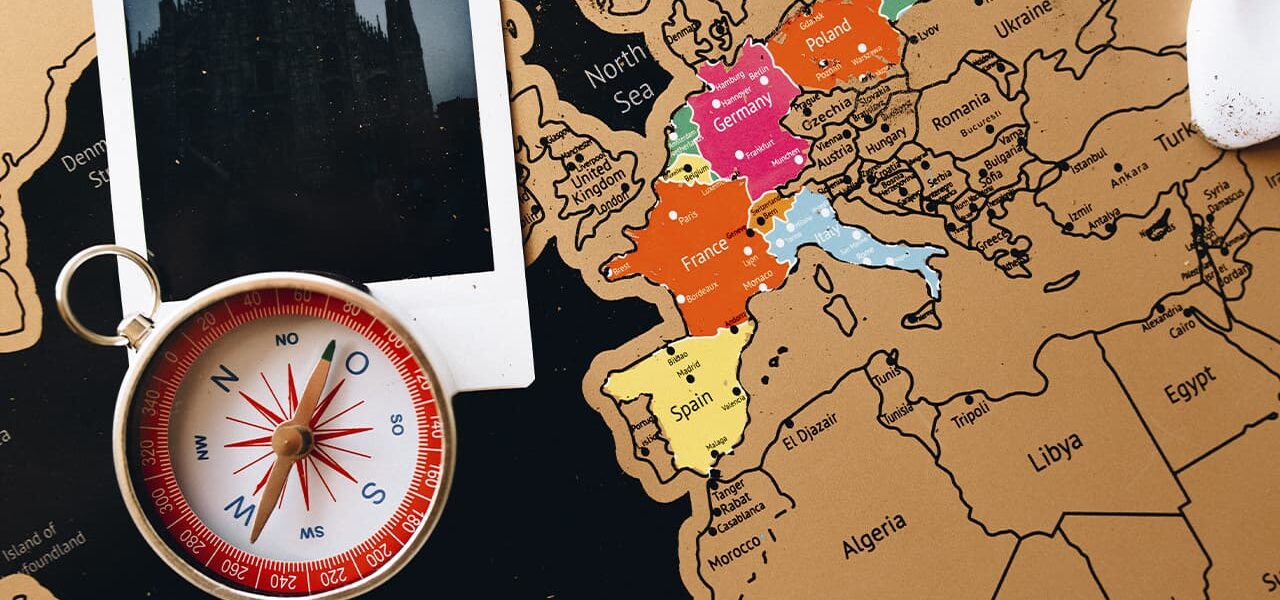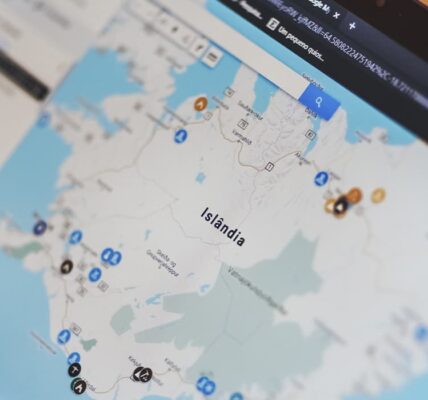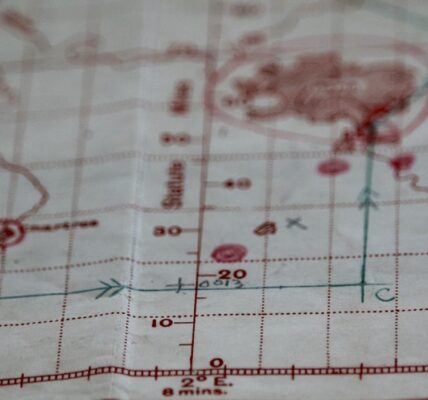Cartography was born out of man’s desire to explore and take risks, which happened very early in history: the first maps in history date back to 6000 BC, including frescoes from the ancient Anatolian city of Çatal-Hüyük. The need for mapping was probably driven by the establishment of trade routes and military plans for conquest, as no country had territory at the time.
The first map of the world, that is, the first map of the whole world, known to Western society since the second century AD.
On the other hand, in the Middle Ages Arabic cartography was the most developed in the world, and China, too, began with the XNUMX century AD. It is estimated that about 1,100 maps of the world have survived since the Middle Ages.
The real explosion of Western cartography came with the expansion of the first European empires between the fifteenth and seventeenth centuries. At first, European cartographers copied old maps and used them as the basis for their own, until the invention of the compass, the telescope, and geodesy forced them to strive for greater accuracy.
Thus the oldest globe, the oldest surviving three-dimensional visual representation of the modern world, dating from 1492, is the work of Martin Beheim. The United States (by that name) was incorporated into the United States in 1507, and the first map with a graduated equator appeared in 1527.
Along the way, the type of map file changed a great deal in nature. The maps on the first floor were hand-drawn for star navigation as a guide.
But they were quickly overtaken by the advent of new graphic technologies such as printing and lithography. More recently, the advent of electronics and computing technology has forever changed the way maps are made… Satellite and global positioning systems now provide more accurate images of the Earth than ever before.




